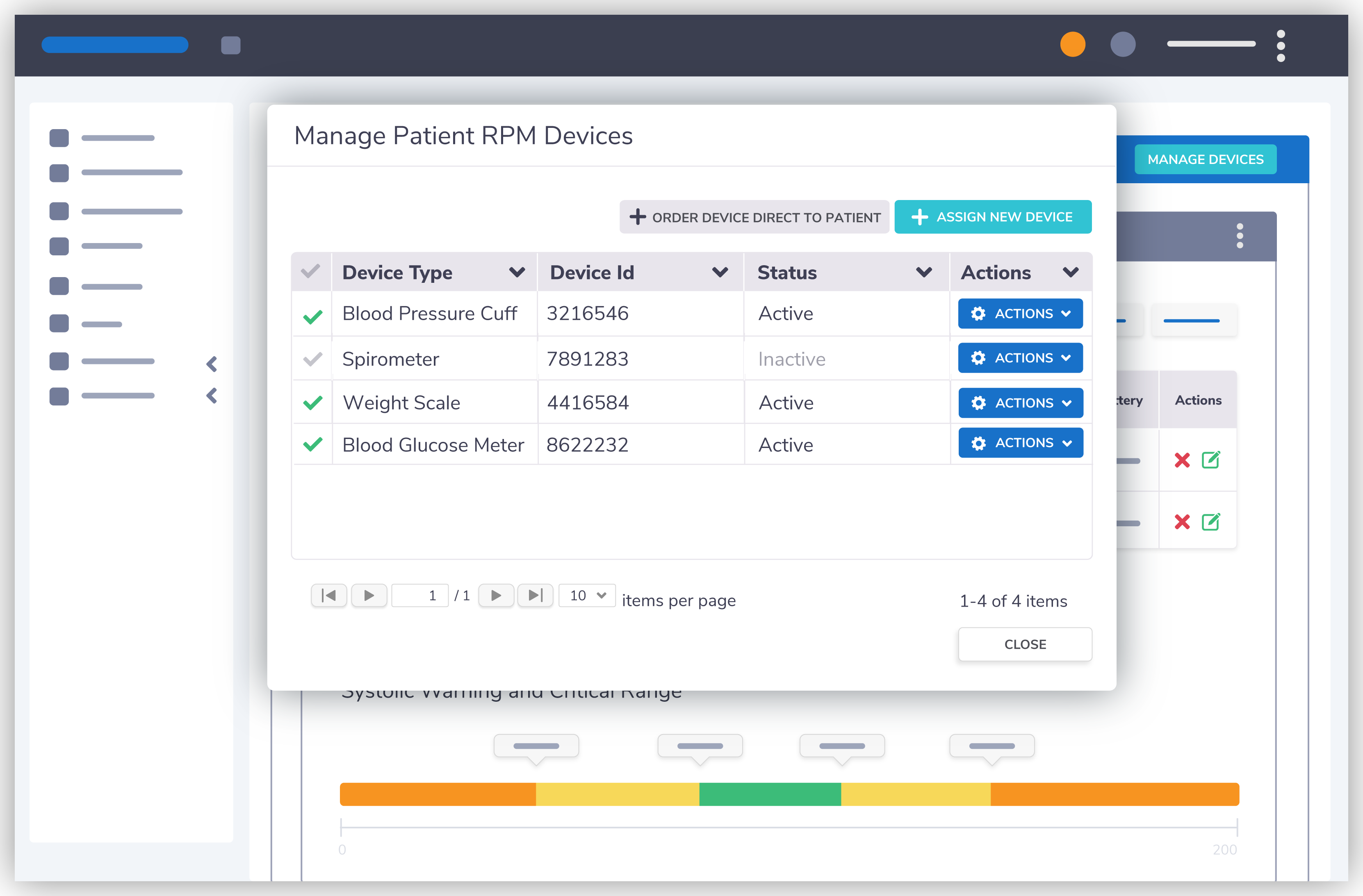The Future of Medical Care: Remote Patient Keeping An Eye On Streamlined
As medical care continues to evolve, one location that holds tremendous promise is remote individual monitoring. With a focus on improving client outcomes and streamlining medical care delivery, remote surveillance is poised to revolutionize the market.
Advantages of Remote Patient Monitoring
Remote person surveillance presents a plethora of benefits for both medical care providers and individuals alike. In addition, remote individual tracking improves the general top quality of care by providing a more comprehensive and all natural sight of patients' health and wellness status past traditional in-person visits.
Additionally, remote client surveillance can result in enhanced client outcomes and fulfillment. Clients can delight in the ease of obtaining treatment in the convenience of their very own homes while still knowing that their health and wellness is being closely kept an eye on. This can result in enhanced patient involvement and adherence to treatment strategies, ultimately leading to better health end results. In addition, remote monitoring can lower the need for frequent hospital visits, decreasing healthcare expenses for both patients and suppliers. Overall, the benefits of remote person tracking are clear, making it a beneficial device in contemporary health care distribution.
Modern Technology Driving Remote Tracking
In the realm of modern healthcare, technical improvements play a crucial function in driving the advancement and efficiency of remote client tracking. The combination of ingenious modern technologies such as wearable gadgets, mobile applications, and cloud-based systems has actually revolutionized the method doctor remotely handle and keep an eye on client health - rpm software. These innovations make it possible for continual real-time surveillance of important indications, drug adherence, and various other essential health and wellness data, enabling timely interventions and personalized care strategies
One key technology driving remote surveillance is the Web of Things (IoT), which makes it possible for smooth connectivity in between medical devices and health care systems. IoT devices such as smartwatches and cordless sensing units collect and send person data to centralized systems, assisting in remote surveillance from anywhere in the world. Expert system (AI) and machine discovering formulas even more enhance remote tracking by evaluating vast amounts of client information to find patterns, predict wellness trends, and alert doctor to possible concerns.
Influence On Medical Care Distribution
With the integration of advanced innovations driving remote patient tracking, the influence on medical care distribution is coming to be transformative and increasingly extensive. Remote patient monitoring permits doctor to use even more proactive and personalized care to people, resulting in improved wellness outcomes and reduced health center admissions. By from another location tracking important indications, signs and symptoms, and medication adherence, healthcare professionals can interfere early, stopping problems and improving the general top quality of treatment.
Moreover, remote tracking enhances access to health care solutions, especially for people in rural or underserved locations. Individuals can receive continuous surveillance and support from their homes, removing the requirement for frequent in-person sees. This not just conserves time and lowers prices for both people and healthcare facilities but additionally reduces the threat of direct exposure to transmittable illness, an important factor to consider in the present health care landscape.
Furthermore, remote person surveillance makes it possible for health care providers to much better designate resources and focus on care based on real-time information. By identifying risky individuals and interfering without delay, healthcare delivery ends up being extra effective and effective, inevitably leading to a much more sustainable and patient-centered medical internet care system.
Improving Individual Outcomes

Furthermore, RPM permits proactive management of chronic conditions, decreasing the likelihood of acute exacerbations and health center readmissions. Patients take advantage of increased ease and comfort, as they can obtain treatment in their own homes while remaining linked to their doctor. This continual surveillance not only boosts individual satisfaction however additionally promotes a sense of empowerment and engagement in their own health management.
Future Trends in Remote Surveillance
Embracing sophisticated innovations in remote client surveillance is forming the future landscape of health care shipment. The future fads in remote monitoring are expected to revolutionize the method medical care is supplied, making it much more patient-centric and reliable. One substantial trend is the raised use wearable gadgets and sensors to accumulate real-time data, enabling doctor to keep track of people continuously without the demand for regular in-person brows through. These devices can track crucial indications, medication adherence, and activity redirected here levels, providing a comprehensive sight of the person's health and wellness standing.

In addition, telehealth systems are ending up being extra innovative, enabling for online appointments, remote diagnosis, and remote patient monitoring done in one incorporated system (best remote patient monitoring software). This holistic technique to remote tracking is streamlining healthcare delivery, boosting client contentment, and eventually, improving total high quality of treatment
Conclusion
Finally, remote person monitoring offers countless advantages in healthcare delivery, driven by developments in technology. It has the potential to improve patient results and transform the way medical care is delivered. Future trends in remote surveillance will certainly remain to shape the landscape of healthcare, giving chances for more individualized and efficient patient care.
Remote person tracking offers a plethora of benefits for both medical care suppliers and people alike. Furthermore, remote patient tracking enhances the overall top quality of care by giving a more all natural and comprehensive view of clients' wellness condition beyond conventional in-person check outs.
Moreover, remote person monitoring can lead to better individual results and contentment. Remote client surveillance allows healthcare companies to use more proactive and tailored care to people, leading to enhanced health and wellness outcomes and lowered medical facility admissions. Remote person tracking (RPM) plays a substantial duty in boosting patient results by offering continual, real-time information that allows healthcare service providers to interfere without delay and readjust therapy strategies as needed.